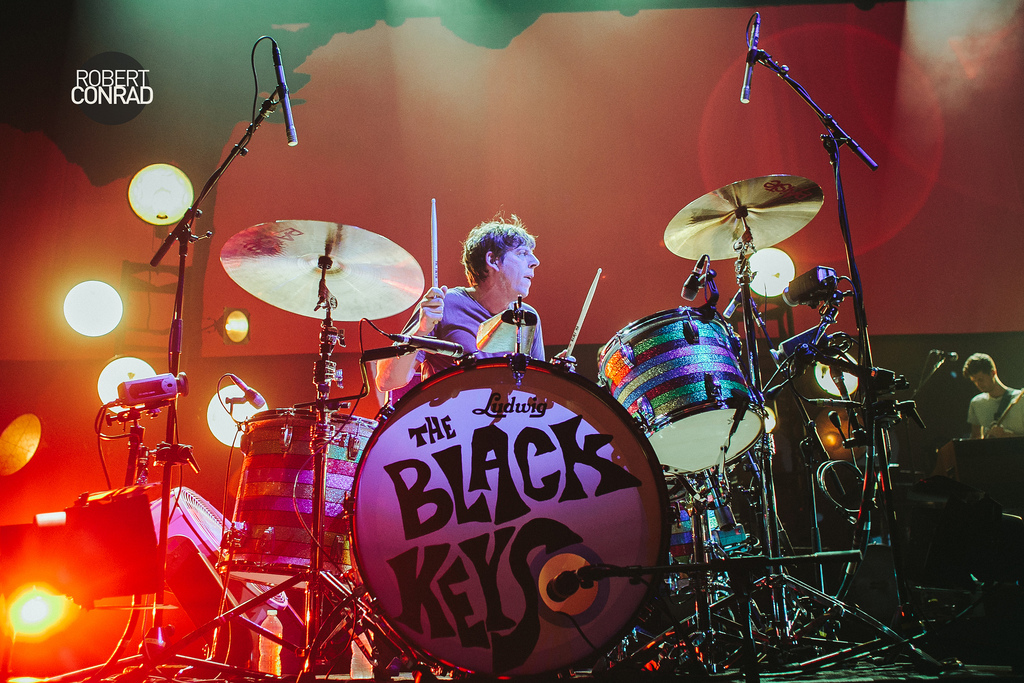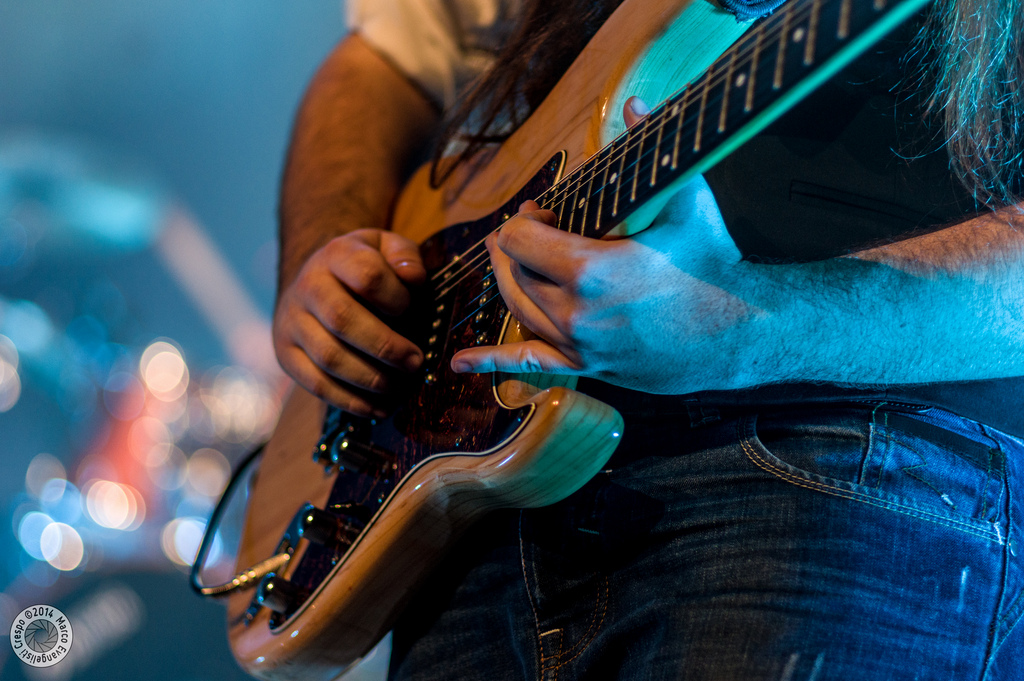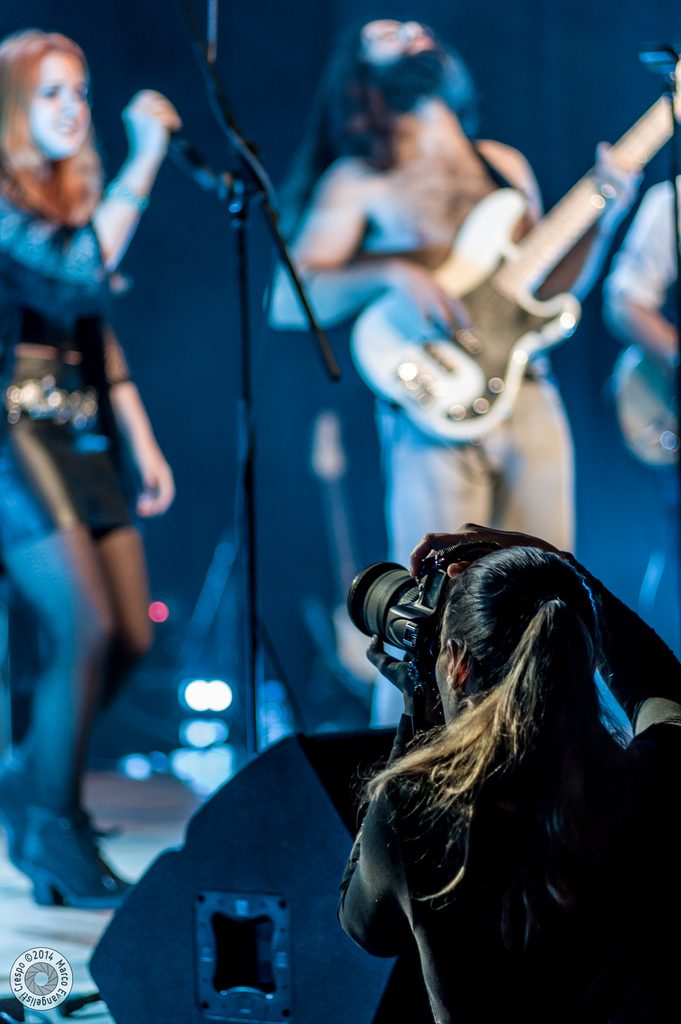
When I made the jump from amateur to a professional photographer, my first gig was as a music and concert photographer for local arts and entertainment magazine. For me, it was my dream job. People were paying me to go to concerts and take photos. It was awesome, and though I’ve since moved on to follow some other photographic passions, there are still times when I wish for those days back.
I’ve learned a lot since then, and like to think I’ve improved as a photographer. I don’t shoot many concerts anymore, but on the rare occasion I do photograph one, I love to mix in my new skills with my shooting style of the past. Here are a few of the best practices I’ve come to rely on during my years as a concert photographer.
The lighting is almost always going to be difficult. Whether you’re shooting outdoors at a festival at noon when the sun is directly overhead and making shadows and blown out highlights everywhere, or your in a dimly lit club filled with stage smoke and rapidly changing stage lighting.
Avoid using your flash at all costs. Most venues and bands will specifically ban the use of flash photography. Make sure you have the correct equipment to capture photos in difficult lighting situations. For the most part, that means a full frame DSLR with good low light performance and fast lens you can open up to f1.4 or f1.8.
This is tricky because different venues and different shows are going to require different camera settings. However, here is a list of some basic guidelines you can use as a starting point.
- Aperture: I almost always shoot wide open, especially when shooting indoors. Set your aperture to it’s widest setting (low f-number).
- Shutter Speed: In general, try to keep your shutter speed at or above 1/100th of second. Anything slower will most likely result in motion blur. That being said, there are times when motion blur can really add to a photo, so don’t be afraid to drag out the shutter speed on some shots.
- ISO: In short, use the ISO that lets you shoot with a wide aperture and usable shutter speed. Shooting in a small indoor venue with a professional quality, full frame DSLRs this could be around ISO 3200. On smaller, crop sensor cameras, try to limit the ISO to 1600 to avoid excessive digital noise.
Remember, these are strictly guidelines. Make sure you are checking your histogram and adjusting your settings as needed. What works for me, might not be right for you.
If you’re still trying to get your foot in the door and book jobs as a concert photographer, a good way of doing this is by contacting some local bands and musicians in your area. Ask them to do a photoshoot. Explain you are trying to build your portfolio and would be happy to let them use the images for promotional content. If they have a show coming up, ask if they can get you on the list as a photographer so you can practice getting some shots in different settings.
You may need to get creative with your approach, but if you’re serious about becoming a concert photographer, the best way to do is by just doing it. Don’t wait for a band or magazine to contact you and offer you a job. Contact them, let them know you exist, and ask if there interested in working on something together.